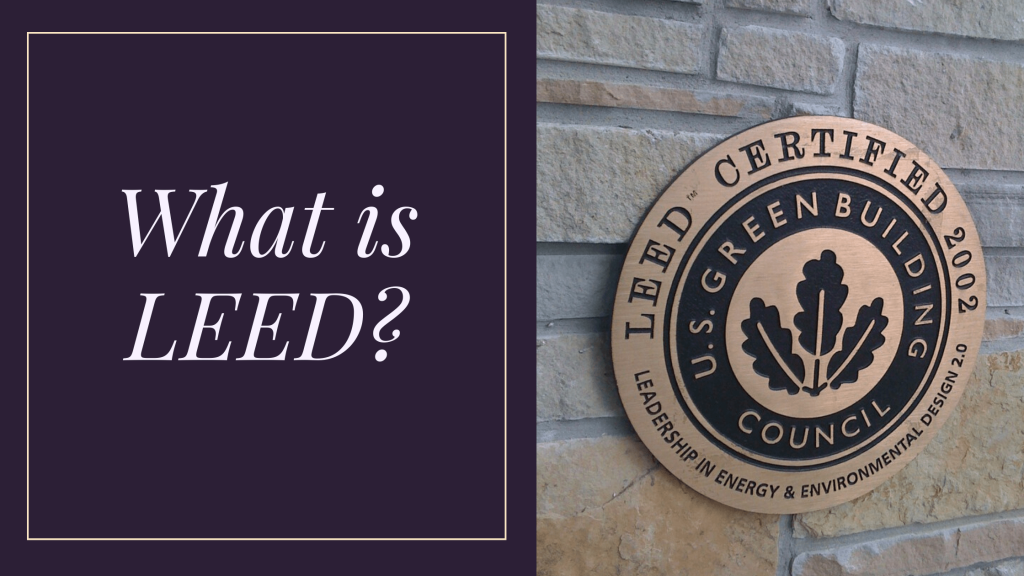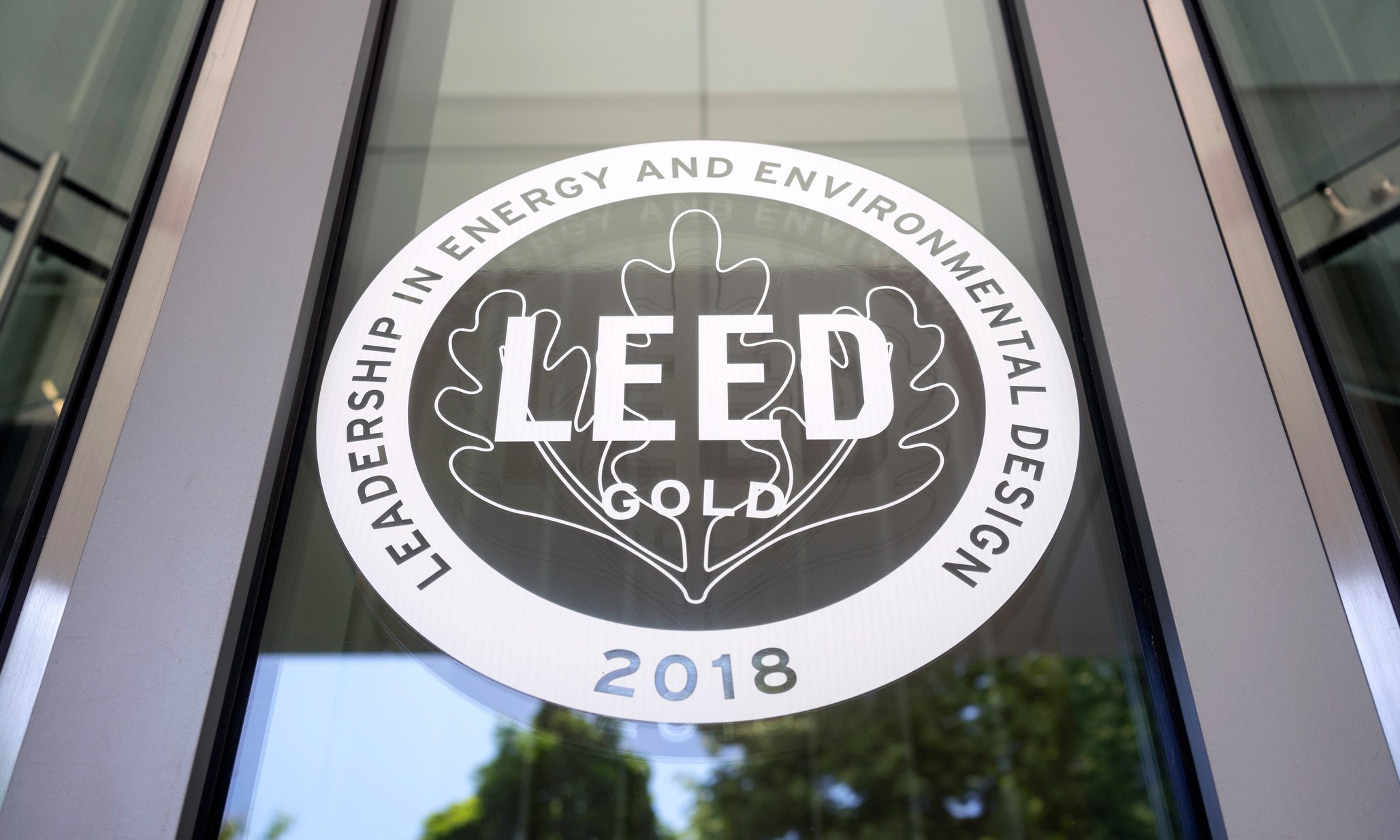Green Building Certification: LEED and Beyond
In today’s fast-paced world, the construction industry is rapidly evolving to meet the demands of eco-conscious consumers and environmental regulations. Green building certifications have emerged as a vital component of sustainable construction practices, ensuring that structures are functional and environmentally friendly. In this article, we delve into green building certification, focusing on LEED (Leadership in Energy and Environmental Design) and other noteworthy approaches beyond conventional norms.
Understanding the Essence of Green Building Certification
Green building certification is a hallmark of a construction project’s commitment to reducing environmental impact. These certifications encompass various criteria, such as energy efficiency, resource conservation, and indoor air quality. They offer a structured framework that guides architects, builders, and designers towards sustainable building practices.
LEED: Pioneering Sustainable Building
What is LEED?
LEED, or Leadership in Energy and Environmental Design, is the most renowned green building certification system globally. Developed by the U.S. Green Building Council (USGBC), it sets the gold standard for sustainable construction.
Key LEED Principles
LEED certification evaluates a building’s performance based on several core principles:
- Energy Efficiency: Buildings must demonstrate exceptional energy performance, reducing their carbon footprint through efficient design and technology.
- Water Conservation: LEED-certified structures employ water-saving features to minimize consumption and promote responsible water use.
- Sustainable Materials: Using eco-friendly, locally sourced, and recycled materials is encouraged to reduce environmental impact.
- Indoor Environmental Quality: Ensuring a healthy indoor environment with ample natural light, proper ventilation, and the use of low-emission materials.
Beyond LEED: Exploring Alternative Green Certifications
While LEED is undeniably a leader in the field, other green building certifications are worth considering:

BREEAM (Building Research Establishment Environmental Assessment Method)
Originating in the United Kingdom, BREEAM assesses buildings’ environmental performance, emphasizing energy efficiency, ecology, and innovation.
Green Globes
This certification offers a flexible approach to green building assessment, allowing projects to tailor their sustainability efforts to specific goals.
WELL Building Standard
WELL certification focuses on occupants’ health and well-being, features like air quality, lighting, and ergonomic design.
The Benefits of Green Building Certification
Why should you invest in green building certification for your construction project? Here are some compelling reasons:
- Environmental Stewardship: Certification demonstrates your commitment to reducing your building’s environmental footprint, contributing to a sustainable future.
- Cost Savings: Sustainable practices often result in long-term savings through reduced energy and resource consumption.
- Marketability: Green buildings are highly marketable and can command higher property values, attracting eco-conscious buyers and tenants.
- Regulatory Compliance: Many regions have implemented regulations that require or incentivize green building practices, making certification essential for compliance.
Transitioning Towards a Sustainable Tomorrow
In conclusion, the future of construction lies in sustainable building practices. Green building certification systems like LEED and its alternatives offer a clear path towards a greener, more environmentally responsible industry. As builders and designers embrace these principles, we move closer to a world where construction meets our needs and safeguards the planet for future generations.

